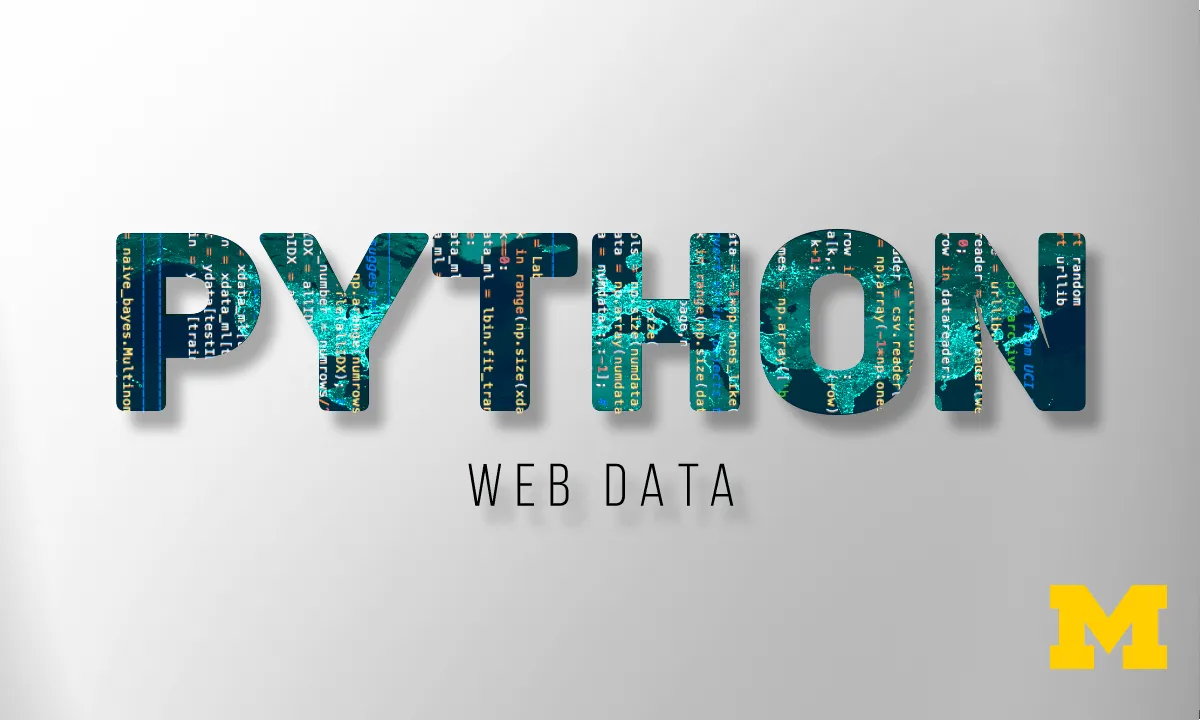
Using Python to Access Web Data 
This course will teach students how to use Python to access web data. It will cover topics such as scraping, parsing, and reading web data, as well as accessing data using web APIs. Students will learn to work with HTML, XML, and JSON data formats in Python. It is recommended that students have prior knowledge of variables and expressions, conditional execution, functions, and Python data structures. ▼
ADVERTISEMENT
Course Feature
![]() Cost:
Cost:
Free
![]() Provider:
Provider:
Coursera
![]() Certificate:
Certificate:
Paid Certification
![]() Language:
Language:
English
![]() Start Date:
Start Date:
19th Jun, 2023
Course Overview
❗The content presented here is sourced directly from Coursera platform. For comprehensive course details, including enrollment information, simply click on the 'Go to class' link on our website.
Updated in [March 20th, 2023]
This course, Using Python to Access Web Data, will provide students with an introduction to the fundamentals of web scraping, parsing, and accessing web data. Students will learn how to treat the Internet as a source of data and will gain experience working with HTML, XML, and JSON data formats in Python. The course will cover Chapters 11-13 of the textbook “Python for Everybody” and will build on the material covered in Chapters 1-10 of the same textbook and the first two courses in this specialization. Students should be familiar with the topics of variables and expressions, conditional execution (loops, branching, and try/except), functions, Python data structures (strings, lists, dictionaries, and tuples), and manipulating files. This course will focus on Python 3.
[Applications]
After completing this course, students should be able to use Python to access web data, scrape, parse, and read web data, and access data using web APIs. They should also be able to work with HTML, XML, and JSON data formats in Python. Additionally, students should be able to apply the knowledge they have gained from Chapters 1-10 of the textbook and the first two courses in this specialization to their work with web data.
[Career Paths]
1. Web Developer: Web developers use programming languages such as HTML, CSS, and JavaScript to create websites and web applications. They are responsible for the look and functionality of a website, and must be able to work with a variety of technologies. With the use of Python, web developers can create more dynamic and interactive websites and applications. This is an ever-evolving field, and web developers must stay up-to-date with the latest trends and technologies.
2. Data Scientist: Data scientists use programming languages such as Python to analyze and interpret large datasets. They are responsible for uncovering insights and trends from data, and must be able to work with a variety of data sources. With the use of Python, data scientists can access web data and use it to create predictive models and uncover insights. This is an in-demand field, and data scientists must stay up-to-date with the latest trends and technologies.
3. Software Engineer: Software engineers use programming languages such as Python to develop software applications. They are responsible for the design, development, and maintenance of software applications, and must be able to work with a variety of technologies. With the use of Python, software engineers can create more efficient and reliable software applications. This is a rapidly growing field, and software engineers must stay up-to-date with the latest trends and technologies.
4. Machine Learning Engineer: Machine learning engineers use programming languages such as Python to develop machine learning models. They are responsible for the design, development, and maintenance of machine learning models, and must be able to work with a variety of technologies. With the use of Python, machine learning engineers can access web data and use it to create more accurate and reliable machine learning models. This is a rapidly growing field, and machine learning engineers must stay up-to-date with the latest trends and technologies.
[Education Paths]
1. Bachelor of Science in Computer Science: This degree path focuses on the fundamentals of computer science, such as algorithms, data structures, programming languages, operating systems, and software engineering. It also covers topics such as artificial intelligence, computer graphics, computer networks, and database systems. This degree path is ideal for those interested in developing software applications and web-based systems.
2. Master of Science in Data Science: This degree path focuses on the application of data science techniques to solve real-world problems. It covers topics such as machine learning, data mining, natural language processing, and data visualization. This degree path is ideal for those interested in developing data-driven solutions for businesses and organizations.
3. Bachelor of Science in Information Technology: This degree path focuses on the design, implementation, and management of information systems. It covers topics such as computer networks, database systems, software engineering, and web development. This degree path is ideal for those interested in developing and managing information systems.
4. Master of Science in Artificial Intelligence: This degree path focuses on the development of intelligent systems and their applications. It covers topics such as machine learning, natural language processing, computer vision, and robotics. This degree path is ideal for those interested in developing intelligent systems and applications.
Pros & Cons

1. Excellent explanations in the first two courses.

2. Lectures are clear and thorough.

3. Challenging yet doable assignments.

4. Provides exposure to web I/O tools.

5. Offers valuable insights on network concepts and programming topics.

1. Lack of explanations and confusing content in the third course.

2. Unrealistic increase in difficulty compared to previous courses.

3. Assignments require additional external resources beyond course material.

4. Some code samples and assignments need clarification and correction.

5. Inadequate coverage of certain concepts, making it difficult for beginners.
Course Provider

Provider Coursera's Stats at AZClass
Using Python to Access Web Data will teach students how to use Python to access web data. It will cover topics such as scraping, parsing, and reading web data, and accessing data using web APIs. Students will learn to work with HTML, XML, and JSON data formats in Python. Students are recommended to have prior knowledge of variables and expressions, conditional execution, functions, and Python data structures. They can also learn how to work with HTML, XML. Additionally, learners learn about variables and expressions, conditional execution (loops, branches, and try and except), functions, Python data structures (strings, lists, dictionaries, and tuples), and manipulating files.
Discussion and Reviews
0.0 (Based on 0 reviews)
Explore Similar Online Courses

Training for healthcare workers on COVID-19 vaccination (English)

Mental Health Training for First Responders & Health Care
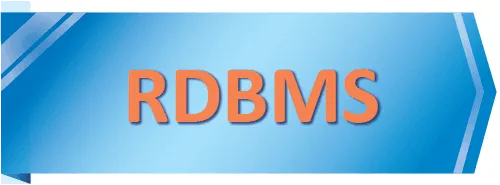
RDBMS PostgreSQL
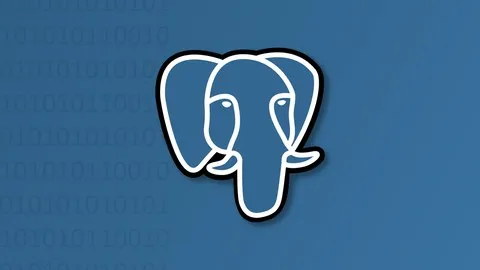
Intro To PostgreSQL Databases With PgAdmin For Beginners
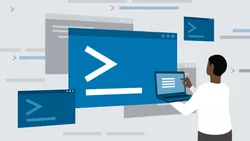
PostgreSQL: Client Applications

Mastering SQL using Postgresql

Database Design and Basic SQL in PostgreSQL
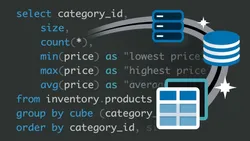
PostgreSQL: Advanced Queries

Spatial SQL with Postgres : A language for geographers

Learn SQL Using PostgreSQL: From Zero to Hero
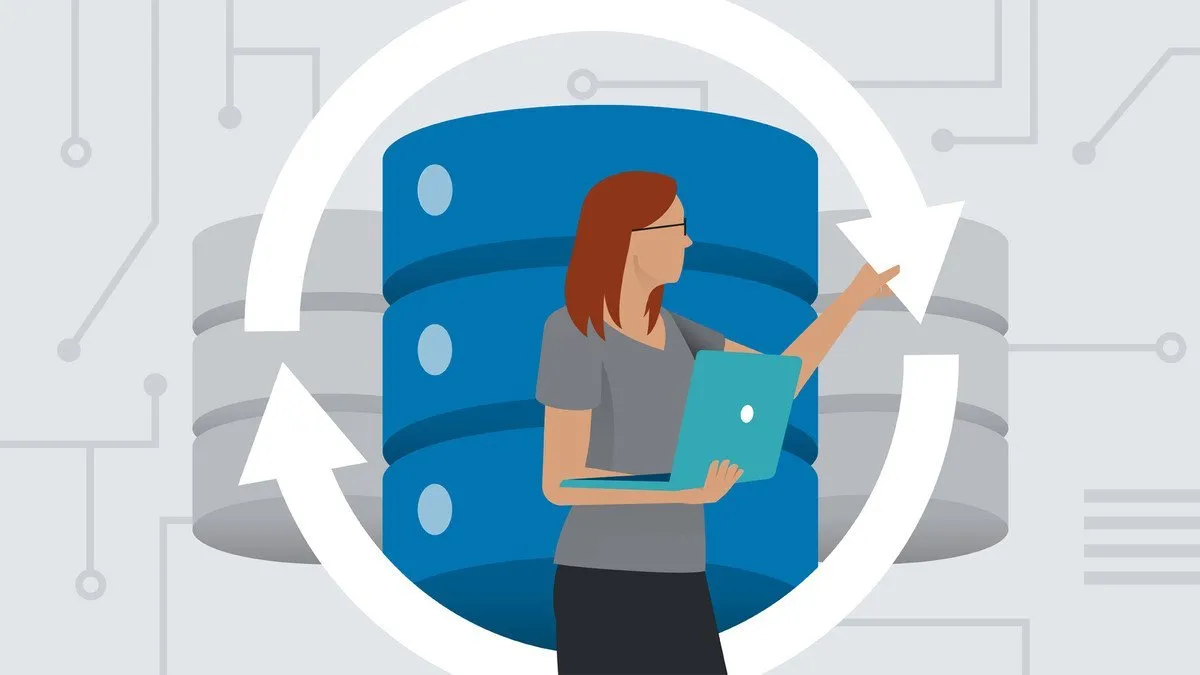
PostgreSQL Essential Training
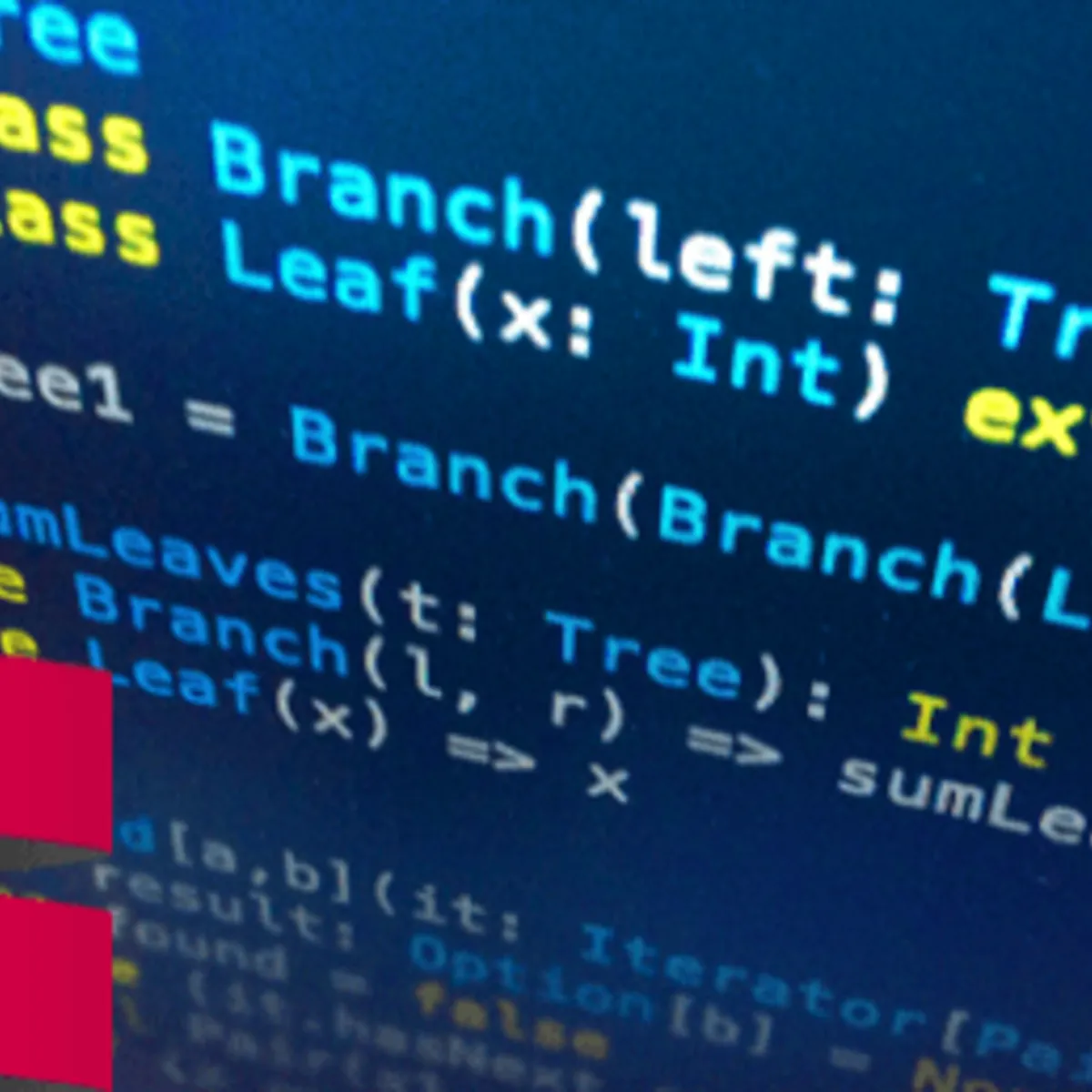

Start your review of Using Python to Access Web Data